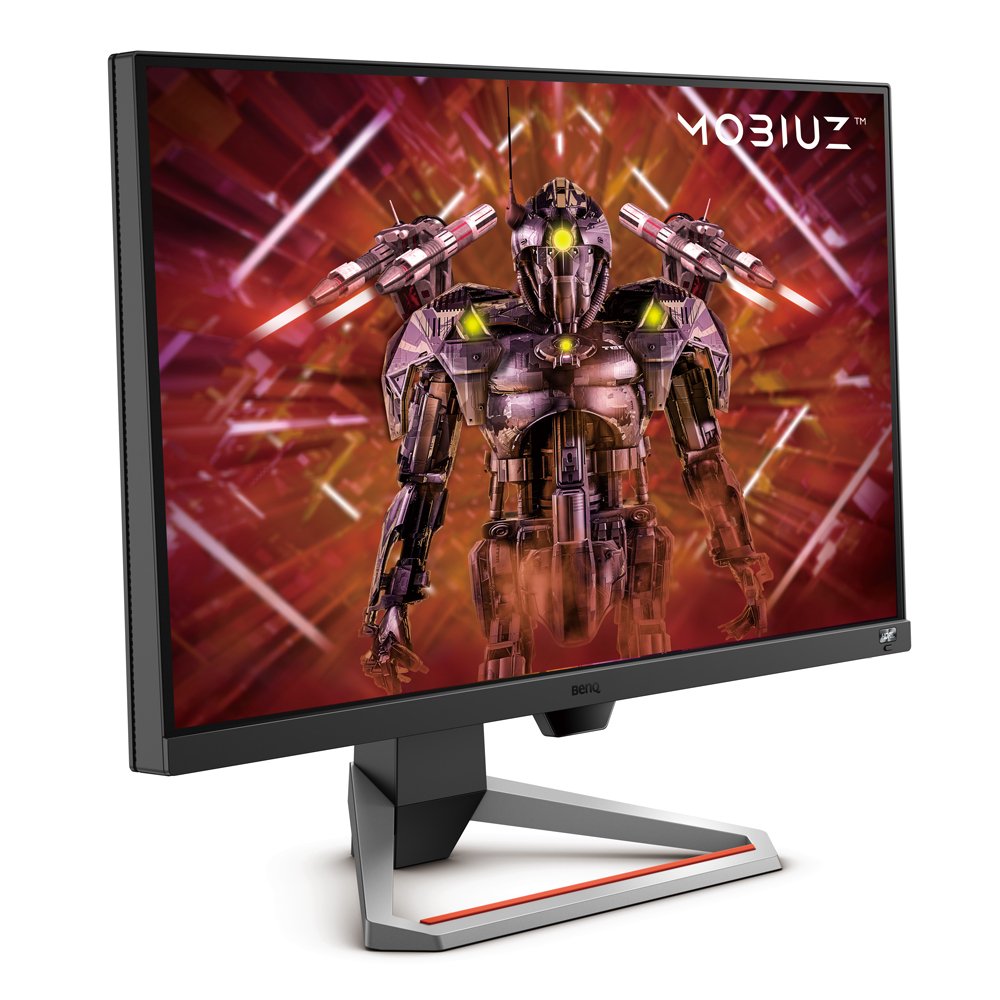Projector
Monitor
Lighting
Digital Display
Job References

To answer that you have to be honest with yourself. Do you want good, hassle-free sound at no extra charge or are you a dedicated audiophile who craves the very finest aural experience? If you answered the latter, then we won’t fool you. Of course a standalone, pricey hi-fi surround system beats the speakers you get with a monitor. But it also costs many times more than your monitor and involves complex setup. Do you really need something like that? For most people, many of today’s monitors have speaker arrangements that deliver more than enough sonic quality.
If we look at monitors like the BenQ EW3820U and EX2870Q, we find dual 2W speakers plus a powerful 5W subwoofer. That’s genuine 2.1 channel sound, and for someone sitting at a desk for work, entertainment, or gaming, it’s more than enough. That kind of sound can easily fill a room, so good monitors obviously have headphone jacks for times you don’t want to disturb anyone.
Let’s quickly review some of the main advantages of integrated monitor speakers.
Money talks in many ways, and if you’re spending it on a monitor, you’ll quickly find that the good ones have great audio but don’t cost much more than generics with middling speakers. So not only can you get superb sound from a monitor without paying through the nose for some ultra-premium model, you save even more because you don’t need to spend extra on external speakers or an amplifier.
So unless you expect arena rock levels of sonic bombast, there’s very little point in spending more on dedicated speakers or audio gear. The speakers in your monitor will get the job done great in games, movies, TV, music, and even voice.
This is a point we’d like to stress. Speaker monitors have such good performance now that buying regular “computer speakers” makes no sense. You’re just spending more to get the same quality, or even worse. To exceed the performance of monitor speakers you’d need to go into the realm of high end audio hardware, and that’s a whole ball game unto itself. So think carefully whether you want to make that commitment. As we said before, the majority of users will be more than happy with the spacious, rich sound delivered by quality built-in monitor speakers.
To reiterate, monitor speakers and standard external speakers that connect to your PC have the same quality, and often the ones in the monitor are actually better and more optimized for studies, game stations, and other spaces due to rigorous quality assurance and testing. There’s really no point in buying external speakers unless you want to go all-out.
In many ways this reflects the change in overall PC audio. While in the past a dedicated sound card was a must, now motherboard audio suits most users just fine. Technology has improved to the point where to get an advantage in audio that you will actually notice, you have to spend a lot.

You want to keep your work and play spaces as neat and logical as possible. External speakers invariably mean more cabling, more power connectors, and more hassle. A dedicated hi-fi system requires its own area and comes complete with a whole slew of cabling and setup issues. Consider whether you want that, or the simplicity and neatness of speakers that are already in your monitor (which you need anyway, clearly). Built-in speakers don’t impose additional cables or connectors, don’t run the risk of incompatibilities, and don’t take up any space as they’re inside the monitor’s footprint.
If you want to reduce clutter and prevent cables and wires from taking over your space, internal speakers make a world of sense.
You control monitor speakers with ease, especially if your monitor has a remote control like the EW3280U and EX2780Q. One point of control covers all audio functions, so making changes on the fly becomes simple and quick. External speakers need their own control interface, which can range from fiddly knobs to yet another remote control. Either way, by adding external speakers you’re also adding more steps to user control and ergonomics, so think of that. Do you want mute or volume changes to take less than a second, or are you OK with spending upwards of a minute on one of those basic functions?
Since monitors now ship with multiple video inputs, many people use the same monitor for their PC, consoles, and set top streaming boxes. If that monitor has good speakers, audio from all of those devices gets a quality boost and can be enjoyed in one place. Also, controlling audio for different devices becomes simpler if it all passes through the monitor. No need to make adjustments on each source, but rather only on the monitor.

Doesn’t matter if you’re a gamer or content creator or whatever, in pretty much any scenario choosing a monitor with good speakers beats forking over money to get external speakers. The only exception would be music and sound professionals. For everyone else, internal speakers are highly recommended.